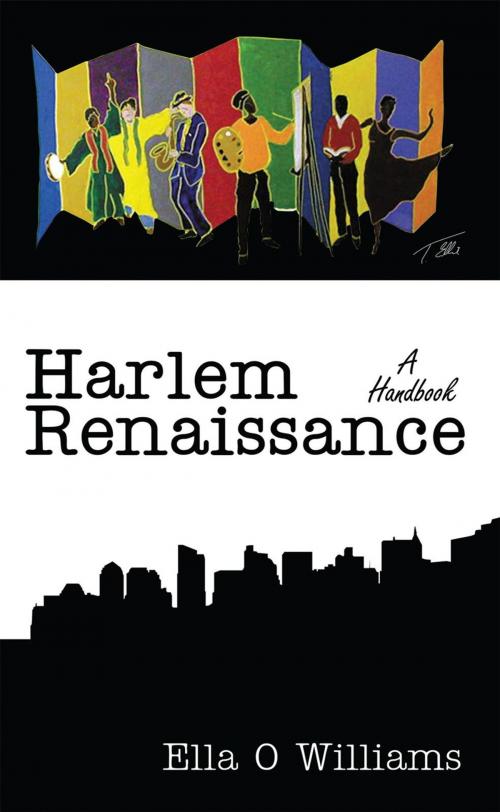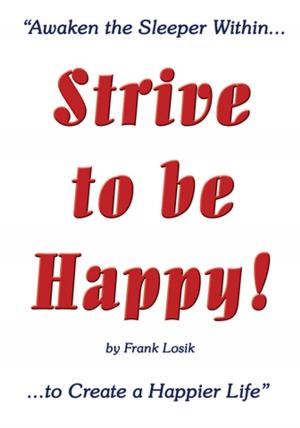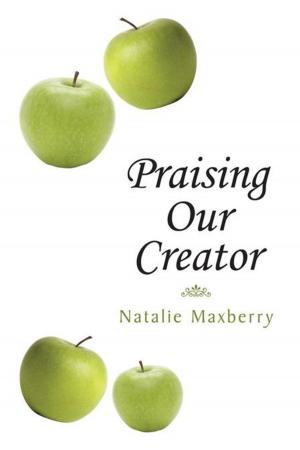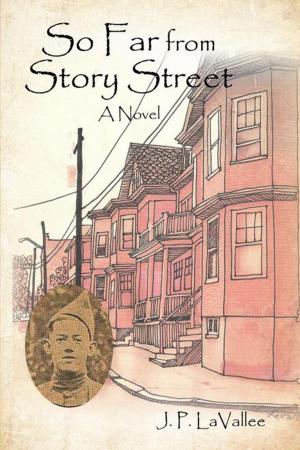| Author: | Ella O Williams | ISBN: | 9781452030579 |
| Publisher: | AuthorHouse | Publication: | July 7, 2008 |
| Imprint: | AuthorHouse | Language: | English |
| Author: | Ella O Williams |
| ISBN: | 9781452030579 |
| Publisher: | AuthorHouse |
| Publication: | July 7, 2008 |
| Imprint: | AuthorHouse |
| Language: | English |
PRIOR TO THE HARLEM RENAISSANCE, BLACKS PORTRAY THEMSELVES AS STRANGS OBJECTS, ALIENATED FROM OTHERS IN THE SOCIETY.
The social activities in literature, art, theatre and entertainment in Harlem Renaissanc: a Handbook are documented for the period 1910-1940.A few intellectuals, specifically James Weldon Johnson, W E B DuBois, Charles Johnson and Alain Locke perceive that they, themselves, are the New Negro.Thus they produce and record the visual arts, literature and music they personally create as well as that of younger literary artists: Langston Hughes, Arna Bontemps, Countee Cullen and Roland Hayes.The literature, scholarship and criticism created among these intellectuals are mainly responsible for bringing about a renaissance.
What is so unique about the Harlem Renaissance is that it is totally perceived and criticized by white American literary standards.At no time in African American history has there been an era wherein self-proclaimed intellectuals record their own literary activities as they are being created.That single concept is the focus of the research in Harlem Renaissance: a Handbook.
Identifying each Major and Other Figures of the Harlem Renaissance permits the reader to experience the life and time of the era.The influx of African American literature requires the need to study the artists and to document the literary and creative arts of the Harlem Renaissance.View the photos and read the biography of the intellectuals as they live through an era devoted to illuminating Negro life as it actually exists in America.
Most helpful to the reader is the Chronology of literary arts and corresponding activities of the Harlem Renaissance. During the years 1910-1940 the titles of articles, theatrical productions, books, poetry, music, visual arts and literature created during this period have been documented. The items chosen for the Chronology are not exhaustive, but they represent nearly all the literature and activities created during the Harlem Renaissance.
Harlem Renaissance, a Handbook is a journey through time wherein literary and artistic history is documented as it occurs.With the aid of local New York Publishing companies, intellectuals encourage younger literary artists to publish only Negro folk life and culture as it actually exists.
PRIOR TO THE HARLEM RENAISSANCE, BLACKS PORTRAY THEMSELVES AS STRANGS OBJECTS, ALIENATED FROM OTHERS IN THE SOCIETY.
The social activities in literature, art, theatre and entertainment in Harlem Renaissanc: a Handbook are documented for the period 1910-1940.A few intellectuals, specifically James Weldon Johnson, W E B DuBois, Charles Johnson and Alain Locke perceive that they, themselves, are the New Negro.Thus they produce and record the visual arts, literature and music they personally create as well as that of younger literary artists: Langston Hughes, Arna Bontemps, Countee Cullen and Roland Hayes.The literature, scholarship and criticism created among these intellectuals are mainly responsible for bringing about a renaissance.
What is so unique about the Harlem Renaissance is that it is totally perceived and criticized by white American literary standards.At no time in African American history has there been an era wherein self-proclaimed intellectuals record their own literary activities as they are being created.That single concept is the focus of the research in Harlem Renaissance: a Handbook.
Identifying each Major and Other Figures of the Harlem Renaissance permits the reader to experience the life and time of the era.The influx of African American literature requires the need to study the artists and to document the literary and creative arts of the Harlem Renaissance.View the photos and read the biography of the intellectuals as they live through an era devoted to illuminating Negro life as it actually exists in America.
Most helpful to the reader is the Chronology of literary arts and corresponding activities of the Harlem Renaissance. During the years 1910-1940 the titles of articles, theatrical productions, books, poetry, music, visual arts and literature created during this period have been documented. The items chosen for the Chronology are not exhaustive, but they represent nearly all the literature and activities created during the Harlem Renaissance.
Harlem Renaissance, a Handbook is a journey through time wherein literary and artistic history is documented as it occurs.With the aid of local New York Publishing companies, intellectuals encourage younger literary artists to publish only Negro folk life and culture as it actually exists.















